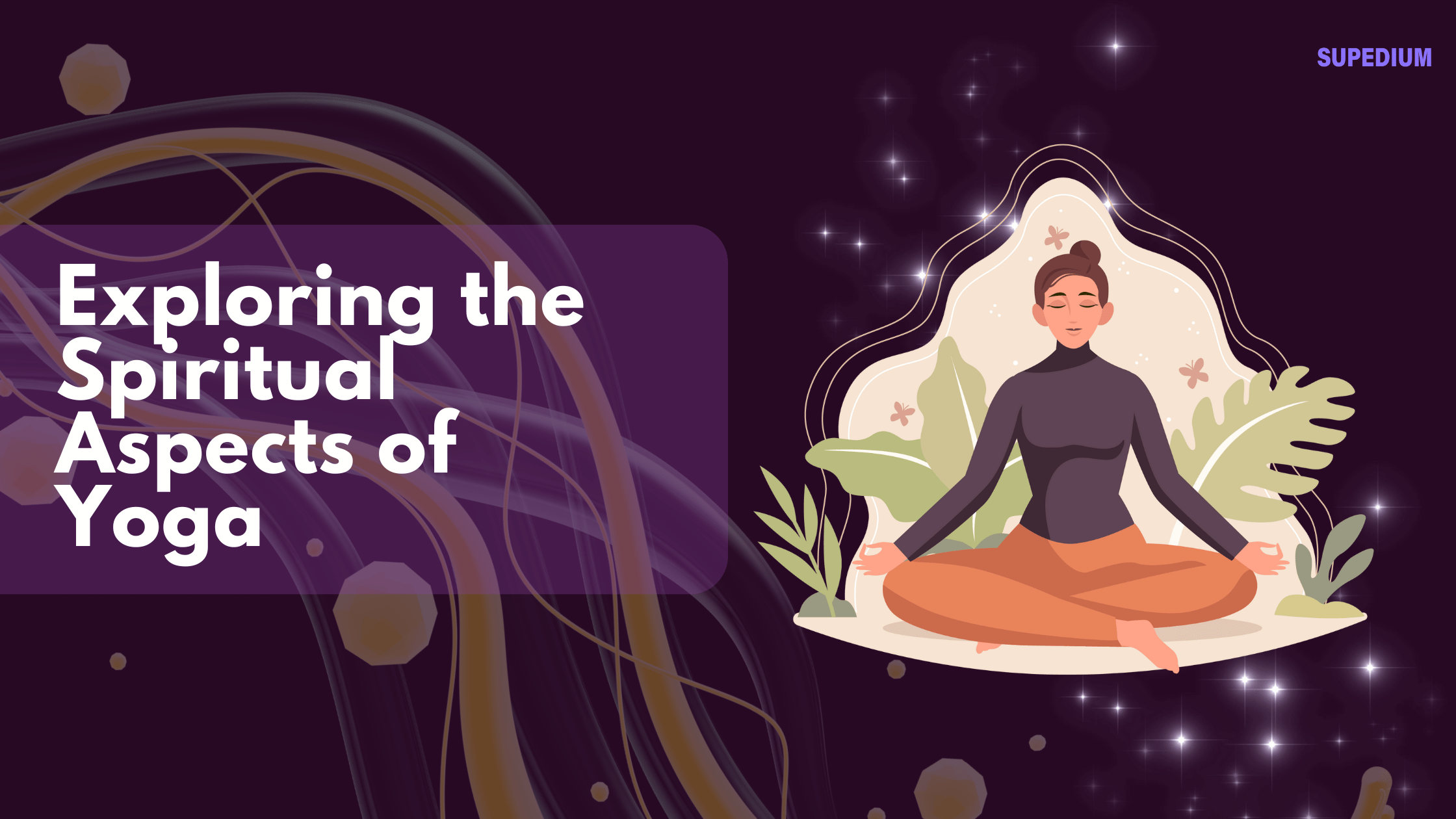Table of Contents
![]()
I. Introduction
Yoga is a multifaceted practice that has evolved over thousands of years, encompassing physical, mental, and spiritual dimensions. While many people engage with yoga primarily for its physical benefits—improving flexibility, strength, and overall health—it is essential to recognize its profound spiritual aspects. This article delves into the spiritual elements of yoga, highlighting its historical roots, key concepts, practices, and contemporary relevance.
II. Historical Background of Yoga
A. Origins in Ancient India
Yoga traces its origins back to ancient India, where it was mentioned in sacred texts such as the Vedas and Upanishads. These texts provide insights into the philosophical foundations of yoga, emphasizing the connection between the individual and the universe. The Yoga Sutras of Patanjali, written around the 2nd century BCE, further codified these teachings, presenting an eight-limbed path (Ashtanga) that outlines the journey toward spiritual liberation.
B. Evolution through Various Traditions
Over time, yoga has evolved into various branches, each with its unique focus and methodology. Bhakti Yoga emphasizes devotion and love for the divine, Karma Yoga centers on selfless action, and Jnana Yoga promotes knowledge and wisdom. Each tradition incorporates spiritual elements, contributing to yoga’s rich tapestry of practices and philosophies.
III. Key Spiritual Concepts in Yoga
A. The Nature of the Self (Atman)
At the heart of yoga philosophy is the concept of the true self, or Atman. This idea emphasizes the distinction between the ego and the higher self. The ultimate goal of yoga is to realize this true self, leading to enlightenment (Moksha) and liberation from the cycle of birth and death (Samsara). Understanding Atman is fundamental for practitioners seeking a deeper connection to their inner being.
B. Chakras and Energy Flow
Central to many yogic traditions is the chakra system, which consists of seven energy centers located along the spine. Each chakra corresponds to different aspects of physical, emotional, and spiritual health. By understanding and balancing these energy centers, practitioners can enhance their spiritual well-being and cultivate a more profound sense of connection to themselves and the universe.
C. Mindfulness and Presence
Mindfulness is a critical component of yoga practice, fostering a deep sense of presence and awareness. Techniques such as meditation and breath control (Pranayama) facilitate this mindfulness, allowing practitioners to quiet the mind and connect with their inner selves. Cultivating this awareness is essential for spiritual growth and deepening one’s yoga practice.
IV. Spiritual Practices in Yoga
A. Meditation Techniques
Meditation is a cornerstone of spiritual practice in yoga. Various techniques, such as transcendental meditation and loving-kindness meditation, provide practitioners with tools to explore their inner landscapes. Regular meditation enhances self-awareness, promotes emotional healing, and fosters a sense of connection to something greater than oneself.
B. Mantras and Sound
The use of mantras—sacred sounds or phrases—is another significant spiritual practice in yoga. Mantras serve as tools for focus and intention, helping to quiet the mind and deepen meditation. The vibrations produced by chanting can facilitate emotional release and spiritual connection, making sound an essential element of many yoga practices.
C. Rituals and Ceremonies
Rituals play a vital role in enhancing the spiritual experience of yoga. These can include simple acts such as lighting a candle or offering gratitude before practice, as well as more elaborate ceremonies like puja. Engaging in rituals helps to create a sacred space and fosters a sense of reverence for the practice.
V. The Role of the Teacher
A. Importance of a Spiritual Guide or Guru
In the yogic tradition, the relationship between teacher (guru) and student is deeply significant. A knowledgeable teacher can guide practitioners through their spiritual journeys, providing insights, support, and encouragement. This traditional approach contrasts with modern yoga classes, which may focus more on physical practice than spiritual development.
B. Ethical Considerations
With the commercialization of yoga, ethical considerations surrounding teaching have come to the forefront. It is crucial for teachers to maintain integrity and authenticity, ensuring that the spiritual aspects of yoga are preserved and respected. Practitioners should seek teachers who honor these traditions and foster genuine connections.
VI. The Integration of Spirituality into Daily Life
A. Applying Yoga Principles Beyond the Mat
The principles learned through yoga practice can significantly enrich daily life. By cultivating qualities such as compassion, non-attachment, and gratitude, practitioners can create a more balanced and fulfilling existence. Yoga encourages individuals to live mindfully and harmoniously, fostering a deep sense of connection to themselves and others.
B. Community and Connection
The importance of community, or Sangha, in spiritual growth cannot be overstated. Engaging with others who share similar values and experiences can enhance one’s practice and provide support. Collective practices, such as group meditations or community events, further deepen the sense of connection and belonging.
VII. Contemporary Perspectives on Yoga and Spirituality
A. Globalization of Yoga
As yoga has spread worldwide, it has undergone various adaptations and transformations. This globalization has led to a blending of different traditions and beliefs, enriching the practice but also raising questions about authenticity. Practitioners today must navigate this landscape, finding what resonates with their spiritual journeys.
B. Challenges and Misinterpretations
The commercialization of yoga presents challenges, particularly regarding the dilution of its spiritual aspects. As yoga becomes more mainstream, concerns about cultural appropriation and the loss of depth arise. It is essential for practitioners to approach yoga with respect, understanding its historical and cultural roots.
VIII. Conclusion
In summary, the spiritual aspects of yoga are integral to its practice and offer profound benefits for personal growth and self-discovery. By exploring concepts such as the nature of the self, energy flow, mindfulness, and community, practitioners can deepen their connection to yoga’s rich spiritual heritage. As individuals embark on this journey, they are encouraged to remain open and curious, recognizing that yoga is not merely a practice but a lifelong exploration of the self and the universe.
Share This




Be the first to comment